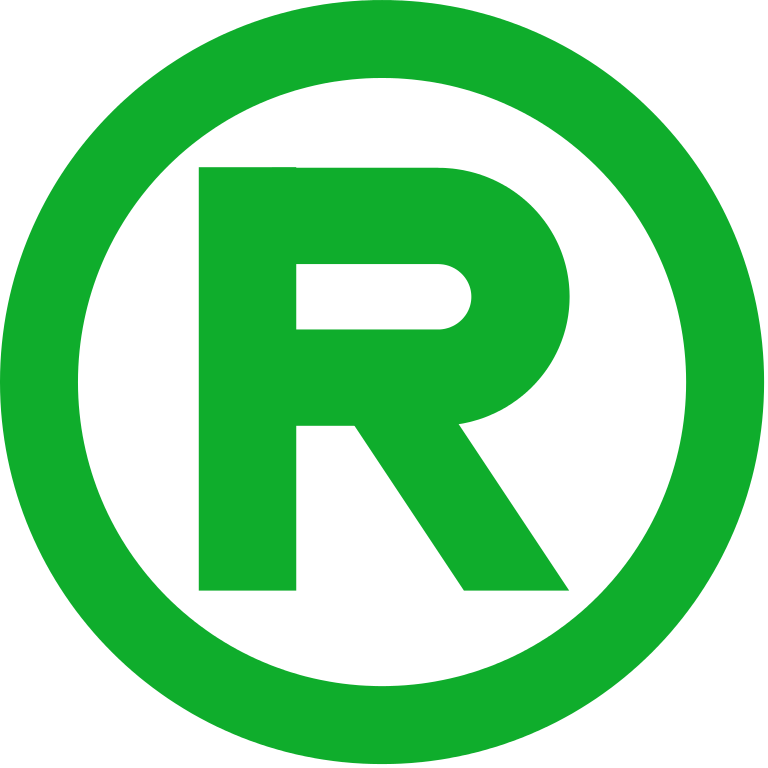Trademark Registrations An Even Better Value After USPTO Fee Drop
In a curious instance of federal government generosity, the USPTO has approved drops in registration fees for TEAS and TEAS Plus trademark applications from $325 and $275 per class to $275 and $225 respectively.
The fee drop was announced in the Federal Register on December 16th and was not a case of good cheer after an eggnog-fueled holiday party but rather a very deliberate strategy to shepherd applicants to electronic delivery of services. The changes go into effect January 17, 2015. Looks like I have to update my trademark registration page soon…

